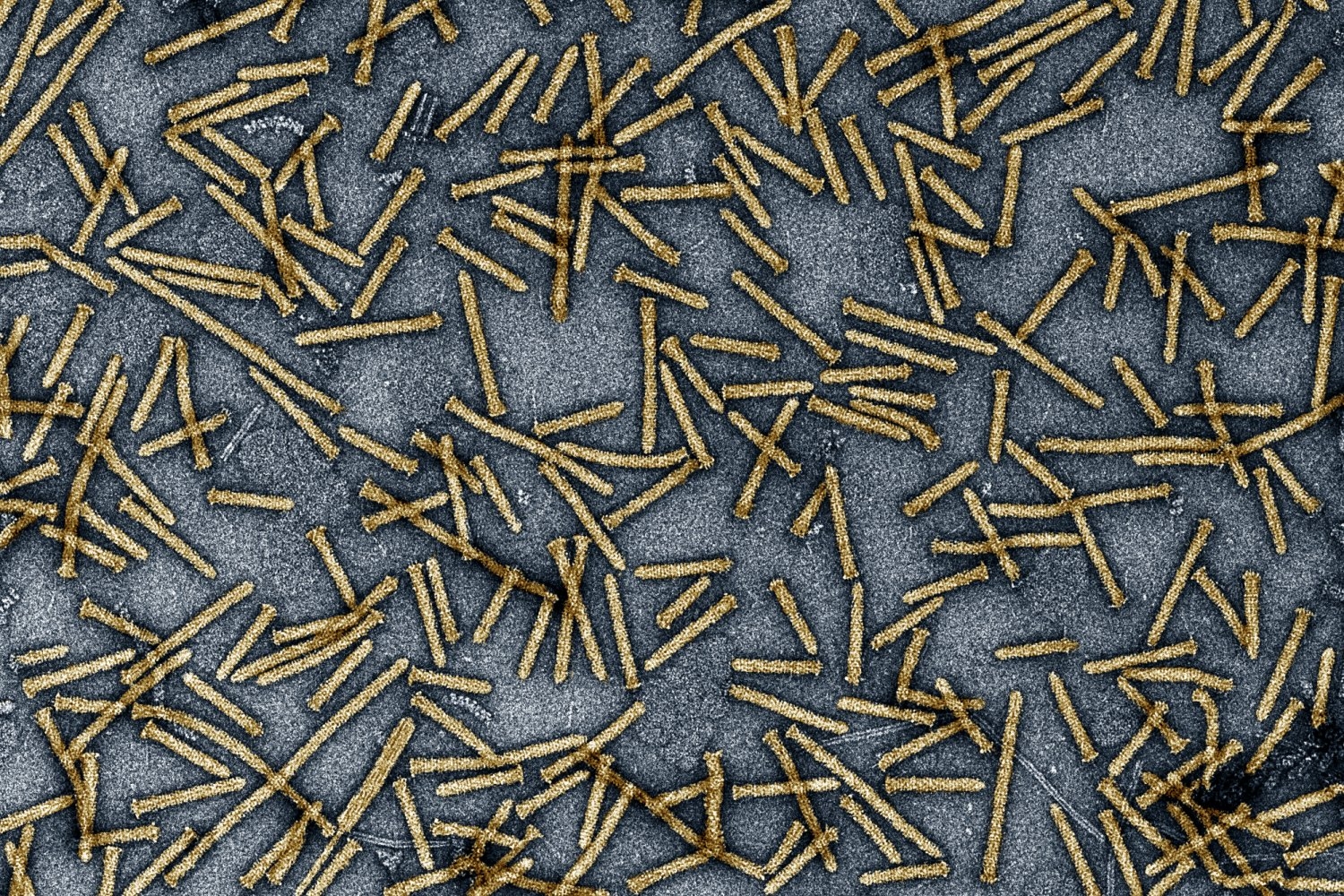
Scientists at the McGovern Institute for Brain Research Study at MIT and the Broad Institute of MIT and Harvard have actually utilized a natural bacterial system to establish a brand-new protein shipment technique that operates in human cells and animals. The innovation, explained today in Nature, can be configured to provide a range of proteins, consisting of ones for gene modifying, to various cell types. The system might possibly be a safe and effective method to provide gene treatments and cancer treatments.
Led by MIT Partner Teacher Feng Zhang, who is a McGovern Institute private investigator and Broad Institute core member, the group benefited from a small syringe-like injection structure, produced by a germs, that naturally binds to insect cells and injects a protein payload into them. The scientists utilized the expert system tool AlphaFold to craft these syringe structures to provide a series of helpful proteins to both human cells and cells in live mice.
” This is an actually gorgeous example of how protein engineering can change the biological activity of a natural system,” states Joseph Kreitz, the research study’s very first author, a college student in biological engineering at MIT, and a member of Zhang’s laboratory. “I believe it validates protein engineering as a helpful tool in bioengineering and the advancement of brand-new restorative systems.”
” Shipment of restorative particles is a significant traffic jam for medication, and we will require a deep bench of alternatives to get these effective brand-new treatments into the best cells in the body,” includes Zhang. “By gaining from how nature carries proteins, we had the ability to establish a brand-new platform that can assist resolve this space.”
Zhang is senior author on the research study and is likewise the James and Patricia Poitras Teacher of Neuroscience at MIT and a detective at the Howard Hughes Medical Institute.
Injection by means of contraction
Cooperative germs utilize the approximately 100-nanometer-long syringe-like devices to inject proteins into host cells to assist change the biology of their environments and boost their survival. These devices, called extracellular contractile injection systems (eCISs), include a stiff tube inside a sheath that agreements, driving a spike on completion of television through the cell membrane. This forces protein freight inside television to go into the cell.
On the exterior of one end of the eCIS are tail fibers that acknowledge particular receptors on the cell surface area and lock on. Previous research study has actually revealed that eCISs can naturally target pest and mouse cells, however Kreitz believed it may be possible to customize them to provide proteins to human cells by re-engineering the tail fibers to bind to various receptors.
Utilizing AlphaFold, which forecasts a protein’s structure from its amino acid series, the scientists revamped tail fibers of an eCIS produced by Photorhabdus germs to bind to human cells. By re-engineering another part of the complex, the researchers deceived the syringe into providing a protein of their picking, sometimes with incredibly high effectiveness.
The group made eCISs that targeted cancer cells revealing the EGF receptor and revealed that they eliminated nearly one hundred percent of the cells, however did not impact cells without the receptor. Though effectiveness depends in part on the receptor the system is created to target, Kreitz states that the findings show the pledge of the system with thoughtful engineering.
The scientists likewise utilized an eCIS to provide proteins to the brain in live mice– where it didn’t provoke a noticeable immune reaction, recommending that eCISs might one day be utilized to securely provide gene treatments to human beings.
Product packaging proteins
Kreitz states the eCIS system is flexible, and the group has actually currently utilized it to provide a series of freights consisting of base editor proteins (which can make single-letter modifications to DNA), proteins that are poisonous to cancer cells, and Cas9, a big DNA-cutting enzyme utilized in numerous gene modifying systems.
In the future, Kreitz states scientists might craft other elements of the eCIS system to tune other homes, or to provide other freights such as DNA or RNA. He likewise wishes to much better comprehend the function of these systems in nature.
” We and others have actually revealed that this kind of system is extremely varied throughout the biosphere, however they are not extremely well identified,” Kreitz stated. “And our company believe this kind of system plays actually essential functions in biology that are yet to be checked out.”
This work was supported, in part, by the National Institutes of Health, Howard Hughes Medical Institute, Poitras Center for Psychiatric Disorders Research Study at MIT, Hock E. Tan and K. Lisa Yang Center for Autism Research Study at MIT, K. Lisa Yang and Hock E. Tan Molecular Rehabs Center at MIT, K. Lisa Yang Brain-Body Center at MIT, Broad Institute Programmable Rehabs Present Donors, The Pershing Square Structure, William Ackman, Neri Oxman, J. and P. Poitras, Kenneth C. Griffin, BT Charitable Structure, the Asness Household Structure, the Phillips household, D. Cheng, and R. Metcalfe.